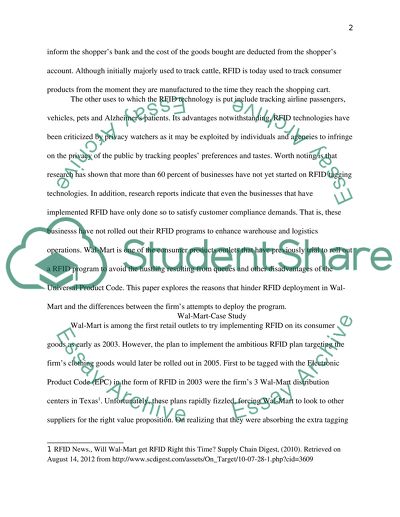Cite this document
(“RFID E-Commerce Paper Essay Example | Topics and Well Written Essays - 1500 words”, n.d.)
Retrieved from https://studentshare.org/e-commerce/1455885-rfid
Retrieved from https://studentshare.org/e-commerce/1455885-rfid
(RFID E-Commerce Paper Essay Example | Topics and Well Written Essays - 1500 Words)
https://studentshare.org/e-commerce/1455885-rfid.
https://studentshare.org/e-commerce/1455885-rfid.
“RFID E-Commerce Paper Essay Example | Topics and Well Written Essays - 1500 Words”, n.d. https://studentshare.org/e-commerce/1455885-rfid.


